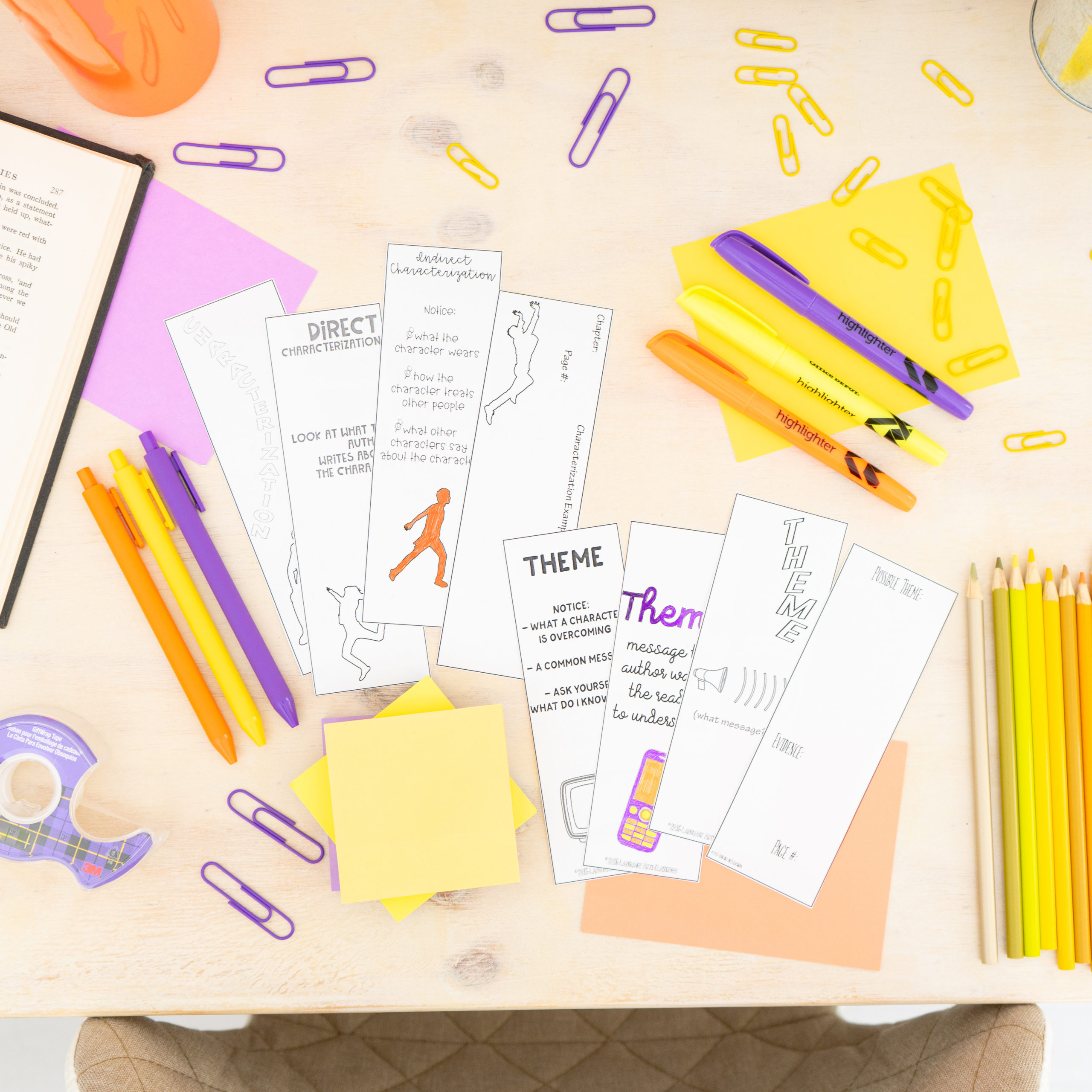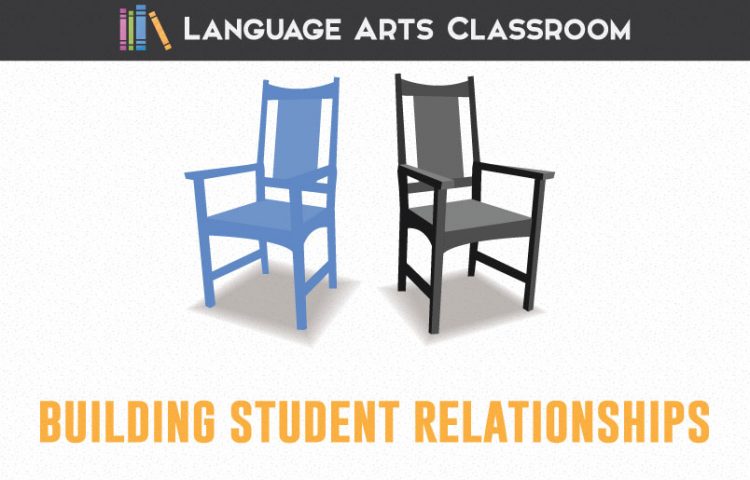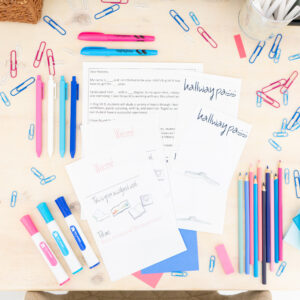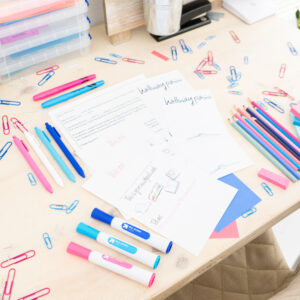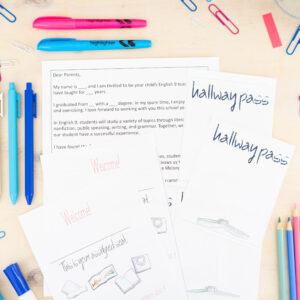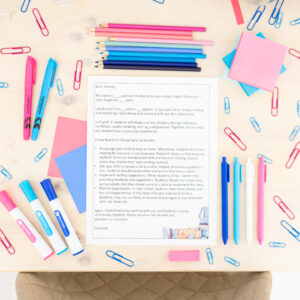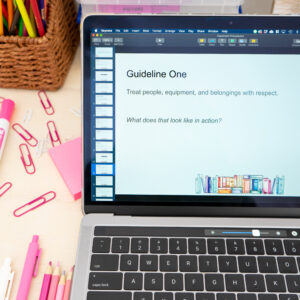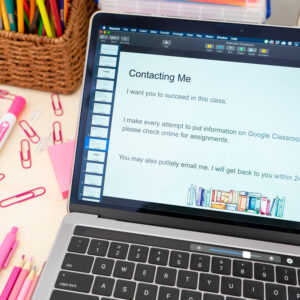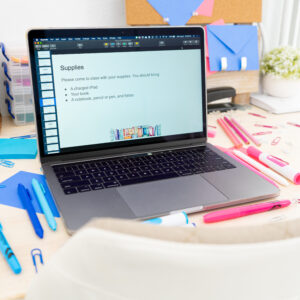Building student relationships is the foundation of strong teaching. If you are unsure of building teacher student relationships, I have ideas.
You know how terms in education change? “Classroom management” seems to be on its way out, and “building student relationships” seems to be in. There’s good reason too: classroom management can become a nonissue when students and teachers have a powerful working relationship. Building relationships with students, even if you have over a hundred students, can be done.
Before this concept was verbalized, we teachers made relationships with students—intentionally and unintentionally. The actual concept is not new.
Why is building student relationships important in education?
Building student relationships is crucial in education as it fosters trust, encourages student engagement, and creates a positive learning environment. Students who feel connected to their teachers are more likely to participate actively in class, seek help when needed, and ultimately excel academically.
How can I build positive student relationships and a kind classroom environment?
First, I do not think that better relationships end behavioral issues or social development issues. (I want to offer honest teacher support here.) If a magic relationship existed to fix behavioral problems, I’d share it. Strong relationships can increase student attentiveness and minimize management problems, but some issues are larger than what a teacher is trained to manage.
Positive interactions can meet students where they are. For some young children, they do experience many healthy relationships. A positive relationship can inspire. Good relationships can increase academic success.
So, overall, relationships in a classroom community cannot end every negative interaction or problem, but the benefits require that we make them. Below are some of the relationships I’ve been part of and some tricks that I’ve learned for each type.
Start the first day of school.
Personally, being “on” is the most exhausting part of being a teacher. However, modeling positive behaviors and ensuring physical and psychological safety are the cornerstone of my classroom. With older students. I sometimes can connect with individual students the end of the week.
At the beginning of the year, I find myself constantly “on.” First, to present new information, I run routines and procedures. Students appreciate knowing what to expect in class and understanding a new teacher’s expectations. Especially with middle schoolers, establishing routine and procedures creates a calm beginning of the school year.
Starting from the first day of school, teachers can establish a foundation for positive relationships by modeling positive behaviors and ensuring a safe space for students both physically and emotionally. Consistency goes a long way in creating a positive classroom environment.
Create a natural relationship.
You know how this happens. . . you spy a student reading one of your favorite books. Another student tells you about his favorite television show, and you know exactly what he’s saying. Another student cracks a joke about a particular movie scene you love. You share positive things from life.
Sometimes building student relationships just happens. It’s a strong and beautiful occurrence. You have to maintain a professional and working relationship, but these sort of interactions with students make teaching special. (You might be invited to weddings and baby showers in ten years.)
This natural building teacher student relationships doesn’t always occur, and that is ok! If so, then. . .
Start small.
Some relationships take your approach. I’ve written about learning student names, and many of those activities will work here, too. Ask a student a question that will resonate professionally—don’t gossip! For instance:
- What class do you have next?
- Did you understand ____ today?
- How is your schedule this year?
- Do you have practice or work after school?
- What book are you reading?
I avoid questions about families, boyfriends/girlfriends, and generally anything that can be construed as too personal. Oftentimes, students will appreciate that you showed an interest in their lives, and a relationship will start. I find that most of my relationships with students fall into this category. If they do not, you might need to. . .
Talk to others.
Teachers often talk to coaches, parents, and counselors when trouble arises. Start before a large problem; contact another adult and check on the student. If a student is non-responsive or rude with your attempts, it is not you. This lesson is hard because teachers are human. Unless you have said something rude or condescending (cough, cough—think about it!), this behavior is probably not directed at you.
Email or call an adult in the student’s life. Ask if you can help with anything. More times than not, the adult will say, “actually, he is…” You might learn about a death or divorce in the family, a sudden move, or a troubling diagnosis. Sometimes, knowing this will help you guide your work with a student. Sometimes, that student might not have the emotional energy to create a relationship with you. You’ll know, the student will probably be relieved that you know, and you can be an “open door” for that student if they want to chat.
Of course, despite all efforts, relationships in the classroom might not form. A student might be dismissive or hostile with your approaches. In that situation. . .
Make a nonjudgemental comment.
One of my instructors in graduate school taught me this, and this simple trick has helped me numerous times. Make a simple observation—a positive one. Leave it alone, and see if the student starts to approach you. Try saying:
- I see you have your pencil and notebook today.
- You took notes.
- You’re in your seat, thanks!
- There’s your iPad.
It sounds dumb, but non-intrusive and bland observations show that student that you notice them. You’re not making a huge ordeal or chatting. You’re not commenting on clothes, you’re not critiquing at all. Instead, you are noticing facts. Repeat as many times as necessary.
More times than not, the student will approach you on the third day or so, bubbling with something to tell you. I wish I could think of the psychology behind this (proof that you’re not going to harm them?), but this trick often works.
“Often,” not always. Despite our best efforts, we will all have students that do not respond to us. Building relationships with students may not work for reasons we do not know. A relationship will not develop, and after teaching for ten years, I’m ok with this happening once or twice a semester. I really reflect to analyze if I’ve done or said something troubling. I’ve even asked students before!
If the answer is “no,” I move on. I continue with professional and courteous interactions and leave it alone. Forcing a relationship on someone who is distinctly uninterested seems wrong. Plus, not every student wants a relationship—and that is completely fine! Build a positive rapport, a working relationship, and teach on.
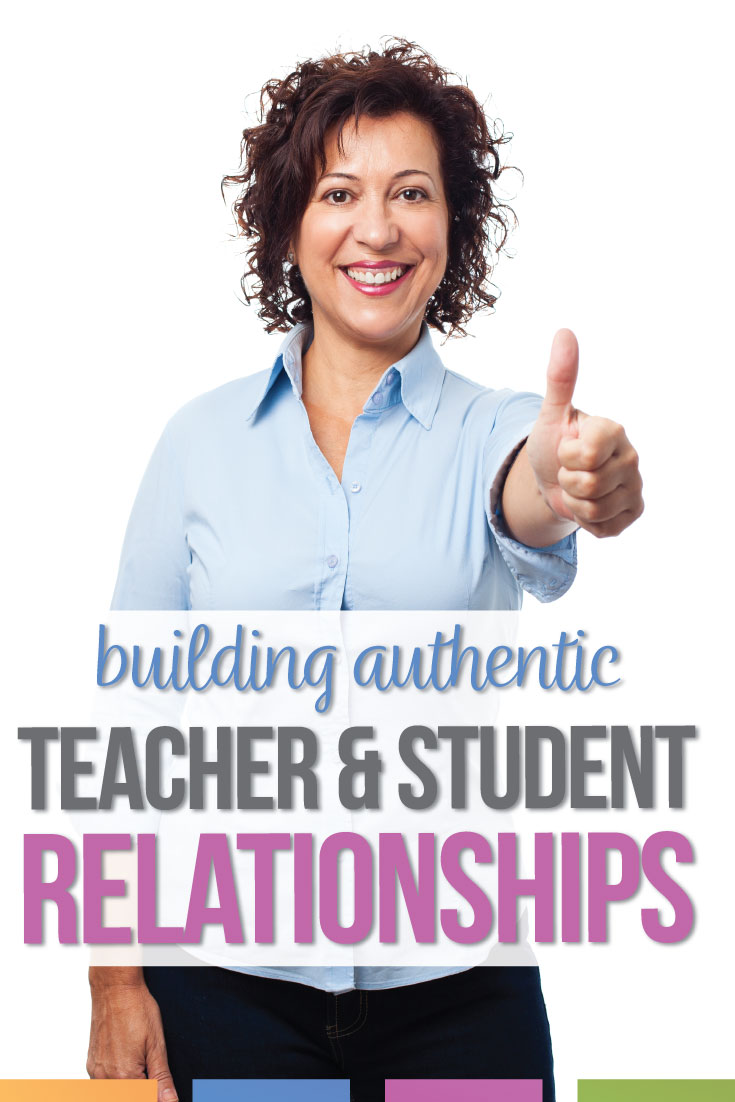
Create boundaries.
We teachers must create boundaries as we build student relationships. Our work with students is necessary and important. As teachers, we don’t want to hurt students or worsen situations. Sometimes I fear our training lacks proper boundary guidance. (I am not speaking to illegal actions, but more subtle ones.)
What about teachers who create relationships with students based on problematic areas? Unfortunately, all teachers probably witness coworkers build relationships with students based on poor behavior. Consider:
- Joking around about poor habits inside or outside of school but never establishing correct behavior.
- Encouraging small rule breaks, such as dismissing students a few minutes early.
- Gossipping.
No person (teacher or not) is perfect. I’m sure everyone has reflected and said, “I absolutely should not have done that.” I for sure have! Some teachers need better tools for building relationships with students, especially if those relationships center around being the cool teacher; a commonality of ignoring rules and boundaries shouldn’t be the base for relationships.
Building student relationships is an art, one that I’m constantly improving. Once you have relationships with your students, classroom management becomes less of an issue. Students understand your expectations and realize that you want them to learn, want what is best for them. Building relationships with students can be a beautiful part of teaching.
Need more ideas? Melissa at Reading and Writing Haven has more ideas for building student relationships.
Are you looking for more ideas for establishing safe student and teacher relationships? My Pinterest boards cover teacher ideas from around the web.
